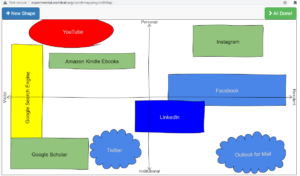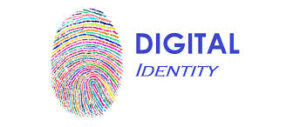
VR-MAP
- What digital platforms are students currently using to develop their professional network?
In order to develop their professional network, students are mostly using to main social media network which is LinkedIn and Facebook. However, one can approach to building a network by utilizing the potential of another digital platform like YouTube and Instagram. Although, the most important platform is LinkedIn only which provides great help in building a network with people on the basis of your educational and professional details. In this way, one can, directly and indirectly, connect with an individual who once was in their physical network from school time to their college. Additionally, in their professional working space as well.
- What can you (as a student) consider to expand your professional learning network?
It is necessary to expand professional learning network and as a student one can utilize the potential of the available digital platforms like LinkedIn, Facebook and even Twitter. However, the expansion of the professional network can only work when an individual knows the purpose and direction to network. After that, the student or even in my approach I will start connecting and adding myself to groups of people which eventually helps me in adding a new member to my professional learning network. Thus, to expand the professional learning network I consider utilization of digital platform available and also looking for an emerging digital platform which supports community-building process like YouTube as well.
- In your network, how can you create a digital identity/reputation?
The digital identity or reputation related to the digital footprint of my online approach to different platform or websites. Thus, I can create a digital identity on the basis of the application or websites which I use to build my reputation. For an instance, if I want to create a digital identity in terms of creating art or photography. I can start sharing images and photography related website material over Facebook, Instagram and Twitter. Additionally, if I want to grow my network I can also make videos on YouTube and share with my subscribers. In this way, I can create a digital identity within my network.
- Consider what a local employer would do if you applied for a job with them – can they search the content, is it of benefit to the career path, does it hinder the opportunity of employment?
It is unlikely that a local employer for which I applied for a job started searching for my digital identity. However, if I share my own website address related to my digital identity. Then, they can search for the content. Yes, if my digital identity is similar to the job which I am applying with the local employer. It will certainly benefit the career path and does not hinder my opportunity of employment.

Recent Comments